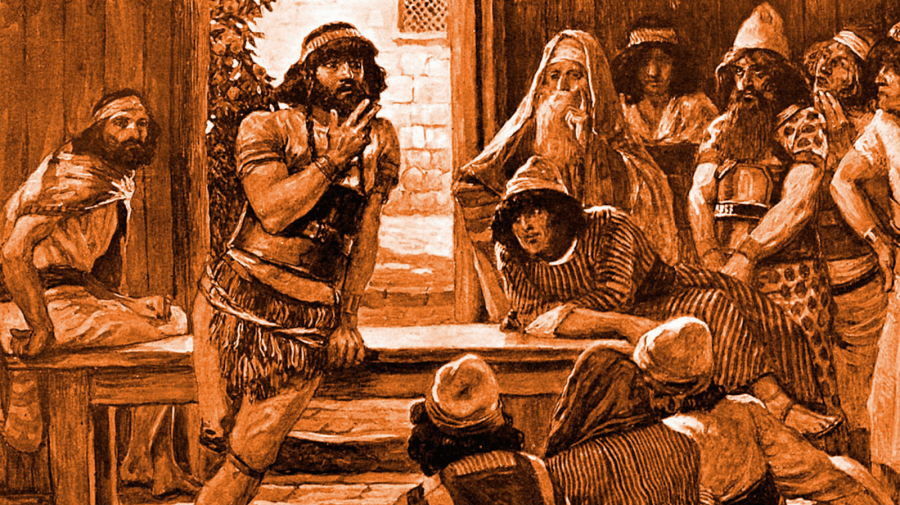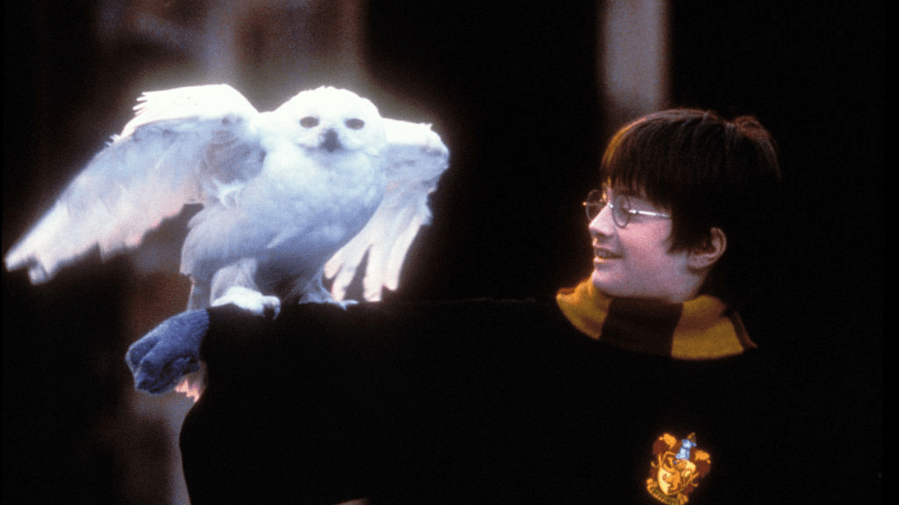Easy Rider Next Door Easy Rider Next Door

When is a door not a door? When it's ajar. Get it? A jar? This pun-loving joke is an example of what's known as a riddle. What is a riddle, you ask? It's a type of cleverly worded puzzle that makes for a fun guessing game.
Riddles have been popular for thousands of years, and have been used in many different stories and myths. Join us for a look at the history of riddles as well as a collection of more fun riddles you can use to challenge yourself or your friends.
The History of Riddles

While we can never be sure exactly how long people have been telling riddles, the oldest known written riddle dates back to over 4,500 years ago and was discovered on a set of Sumerian cuneiform tablets.
A shortened version of the riddle asks, "there is a house. One enters it blind and comes out seeing. What is it?" The answer is "a school." The interesting thing about riddles is that plenty of ancient cultures seemed to love them as much as we do today.
Examples of ancient riddles can be found among the writings of early Greek and Norse people as well as in the Bible.
The enjoyment of riddles continued into the Middle Ages with Anglo-Saxon writings such as the 10th-century Exeter Book, which contains over 90 riddles. It seems that regardless of the time period, riddles have always been a staple of popular culture.

Riddles and jokes are similar, as they both rely on words being used in a clever or unexpected way. But, riddles usually ask the listener to guess what something is, based on a series of metaphors that compare the answer to seemingly unrelated things.
When you tell someone a joke, you probably don't always expect them to be able to guess the answer because it could be anything. The fun of the riddle is that it contains clues and hints that can be used to work out the answer if you're attentive enough.
Another important difference is that jokes are always meant to be funny. While some riddles use humor as well, they don't always have to. The purpose of riddles is more about challenging the listener to use their wit and imagination.
Rather than just making people laugh, a riddle is designed to challenge them to think outside the box and approach problems from different angles.
The Role of Riddles in Literature and Mythology

Riddles are often found in stories where one character challenges another to figure out a tricky brain-teaser. From ancient mythology to modern literature, storytellers have long been using riddles in their stories.
One reason is to show how smart a character is and challenge the reader to figure out a riddle along with them. Look no further than riddles from the Harry Potter books by J. K. Rowling. Remember the Sphinx riddle from Harry Potter and the Goblet of Fire? Or the riddles Harry had to solve as part of the Triwizard Tournament?
These riddles keep the characters (and readers) on their toes by forcing them to approach problems from a different perspective. Other times, authors use riddles as high-stakes bets between characters. This was the case in J.R.R. Tolkien's The Hobbit when Bilbo had to solve a series of riddles to avoid becoming Gollum's next meal.
Want to see if you would have survived Gollum's challenge? Check out the following riddles:
- "What has roots nobody sees, is taller than trees, up, up it goes, and yet never grows?"
- "Voiceless it cries, wingless flutters, toothless bites, mouthless mutters."
- "It cannot be seen, cannot be felt, cannot be heard, cannot be smelt. It lies behind stars and under hills, And empty holes it fills. It comes out first and follows after, ends life, kills laughter."
- "This thing all things devours; birds, beasts, trees, flowers; gnaws iron, bites steel; grinds hard stones to meal; slays king, ruins town, and beats mountain down."
Find yourself stumped? The answer to the first one is a mountain, while the second riddle describes wind. The right answer to the third is dark, and the last riddle describes time.
More Fun Riddles for Kids

As great as some of the riddles we've covered are, some of them are also super hard. Here's a series of more fun riddles for kids that you can use to test your wits and challenge your friends. We'll put the answers in a paragraph at the bottom.
- What belongs to you, but other people use it more than you?
- What is more useful when it is broken?
- What goes up when the rain comes down?
- I have no feet, no hands, no wings, but I climb to the sky. What am I?
- A man in a car saw a golden door, a silver door, and a bronze door. What door did he open first?
- Some months have 30 days, some months have 31 days. How many months have 28?
- There is an ancient invention, still used in many parts of the world today, that allows people to see through walls. What is it?
- A horse was tied to a 5-foot-long rope but its food was 15 feet away. How did the horse reach the food?
- Two men played five games of chess. Both won an even number of games and there were no ties. How is this possible?
- I run all around the pasture but never move. What am I?
Give up? Check out the answers to each of the above riddles. 1. Your name. 2. An Egg. 3. An Umbrella. 4. Smoke. 5. The car door. 6. All of them. 7. A window. 8. The other end of the rope wasn't tied to anything. 9. They weren't playing against each other. 10. A fence.
We hope you've enjoyed learning more about riddles and learning some new brain-teasers to try on your friends and family! Check out more fun riddles at Riddles.com.
ricardocrigoithave.blogspot.com
Source: https://www.reference.com/world-view/door-door-riddle-e73c4067d2f4ee4d?utm_content=params%3Ao%3D740005%26ad%3DdirN%26qo%3DserpIndex&ueid=863dd870-dea4-48d0-aea8-818882252f8c